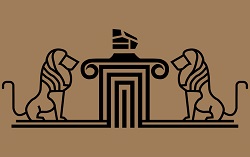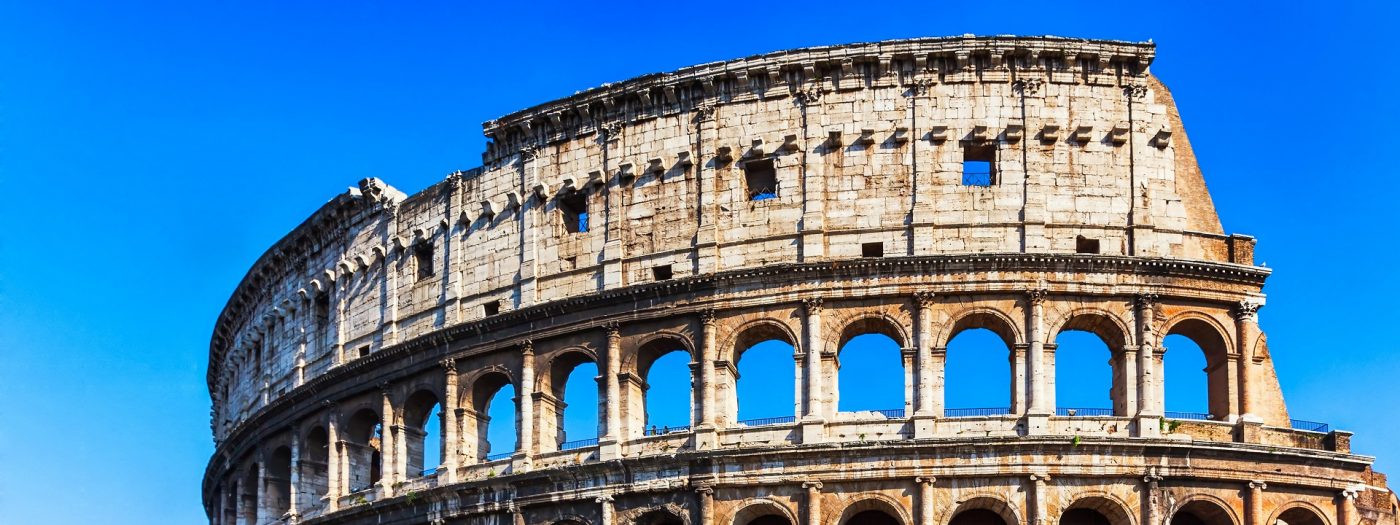Date built: 70 – 72 AD
Dimensions: 189m (long side) and 156m (short side), 48m high
Base Area: 24,000m2
Perimeter: 545m
Capacity: 50,000 – 70,000 (90,000) people
Built for: Vespasian
Material: Travertine
The Colosseum is a Roman Architectural Marvel, commissioned by Emperor Vespasian as a gift for his people of Rome. It was officially opened by Vespasian’s Son Titus with 100 days of games including gladiator wars and wild animal fights. It was named as Flavian Amphitheatre and is still considered as one of the seven wonders of the modern world.
Architecture
The Colosseum is elliptical, measuring approximately 190 by 155 metres. The centre of the arena is an oval, 87m long and 55m wide. Its façade consists of four levels with 80 arches each on the bottom three levels. These arches are the reason that the Colosseum was structurally possible at that time and is still stable.
The interior of the Colosseum provides seating for almost 90,000 spectators. These seatings were based on the social status, with the elite class sitting at the bottom and the lower class at the top farther away from the centre. The Colosseum includes all ancient orders, Doric on the ground floor, Ionic on the second, and the third floor features Corinthian.
Material
The Colosseum is built of travertine limestone, tuff, and brick-faced concrete. The Romans quarried over 100,000 cubic metres of travertine stone for the main structure, pillars, and radial walls of the Colosseum. The same quantity of tuff and brick-faced concrete was also used to improve the elasticity of the whole arena.
Remains
Only one-third of the original structure is still present. Most of it was affected by time, earthquakes, fires, wars, and neglect. Restoration efforts began in the 1990s, and it’s still one of the most popular tourist destinations in the world.



